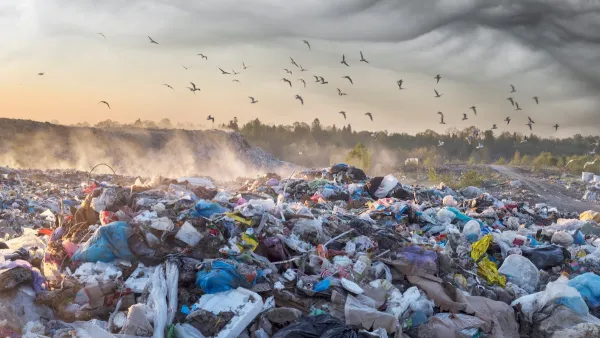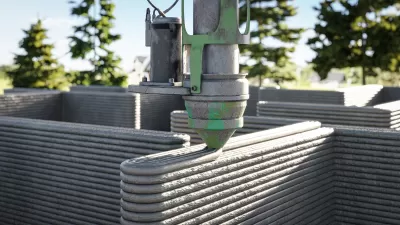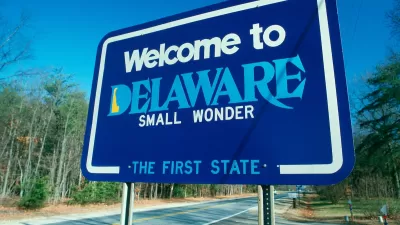Called by some the "third industrial revolution," what are some of the opportunities and costs of applying 3D printing to issues facing the developing world, and more importantly, emergency housing?
As discussed by Hannah Fearn on The Guardian, international aid organization Oxfam is already using 3D printing to replace parts and fittings for taps and British sanitation kits in Lebanon that otherwise must be shipped from overseas. By using this technology, Oxfam can fix minor issues quickly, and as the technology progresses, they "will be able to make larger and larger things."
Oxfam is also looking into 3D printers to print emergency shelters. Gilles Retsin, a designer working on printed housing explains how, "it might be possible to print something very quickly in an unexpected site without the need for shipping anything. We would transport a printer and then we would use the materials on the site, such as sand."
Indeed, according to Fearn, "as it takes just 24 hours to build a set of rooms using local materials fed into a printer, it may have a useful function as a way to quickly and cheaply build medium-term accommodation during the rebuilding process." Moreover, based on the cultural and religious needs of the community, designers can adapt the dimensions of the house for more cultural sensitivity in regards to housing needs and spatial layout.
However, Maggie Stephenson, adviser to the UN Habitat, warns development professions must be "aware that the pioneers of this technique, like the pioneers of any technique, are always the most enthusiastic about its potential."
FULL STORY: 3D Printing: What Does it Mean for Sanitation and Shelter

Maui's Vacation Rental Debate Turns Ugly
Verbal attacks, misinformation campaigns and fistfights plague a high-stakes debate to convert thousands of vacation rentals into long-term housing.

Planetizen Federal Action Tracker
A weekly monitor of how Trump’s orders and actions are impacting planners and planning in America.

San Francisco Suspends Traffic Calming Amidst Record Deaths
Citing “a challenging fiscal landscape,” the city will cease the program on the heels of 42 traffic deaths, including 24 pedestrians.

Defunct Pittsburgh Power Plant to Become Residential Tower
A decommissioned steam heat plant will be redeveloped into almost 100 affordable housing units.

Trump Prompts Restructuring of Transportation Research Board in “Unprecedented Overreach”
The TRB has eliminated more than half of its committees including those focused on climate, equity, and cities.

Amtrak Rolls Out New Orleans to Alabama “Mardi Gras” Train
The new service will operate morning and evening departures between Mobile and New Orleans.
Urban Design for Planners 1: Software Tools
This six-course series explores essential urban design concepts using open source software and equips planners with the tools they need to participate fully in the urban design process.
Planning for Universal Design
Learn the tools for implementing Universal Design in planning regulations.
Heyer Gruel & Associates PA
JM Goldson LLC
Custer County Colorado
City of Camden Redevelopment Agency
City of Astoria
Transportation Research & Education Center (TREC) at Portland State University
Jefferson Parish Government
Camden Redevelopment Agency
City of Claremont





























